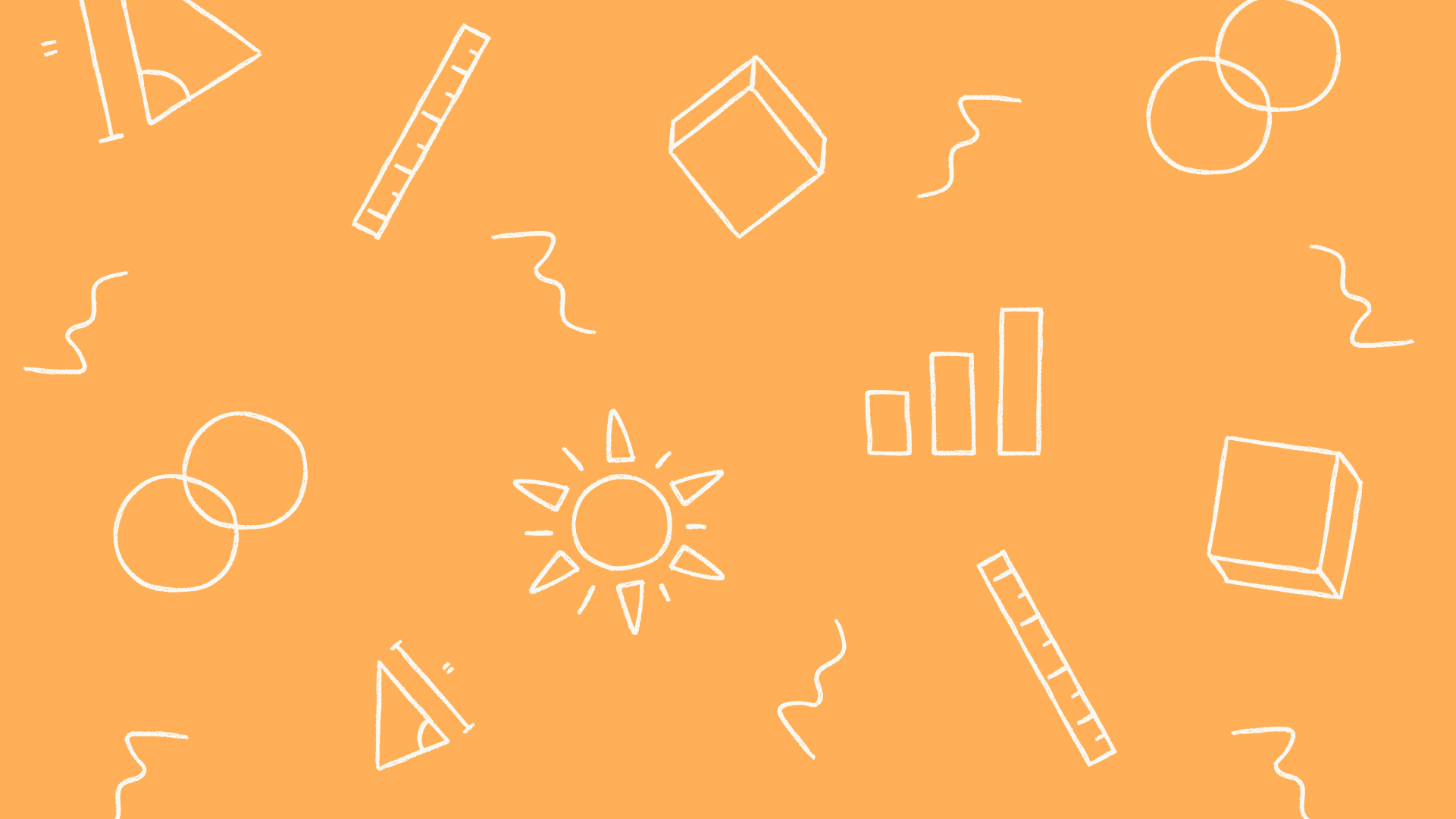
- 4 mins
Classroom Management: Celebrating Individual and Class Successes

To better understand the evidence out there for mindfulness-based social and emotional learning programs, Moshi assembled a team of experts to investigate. They conducted a systematic review of peer-reviewed research articles focusing on mindfulness-based SEL interventions in the classroom. Of the thousands of articles that came up in large research databases, 102 were specific and rigorous enough to be considered. “The team identified three main gaps in the research,” reported Dr. Tegan Reeves, one of the authors of a paper resulting from the research (in press). She added, “Spoiler alert: Moshi might be a key to bridging them.”
Of the 102 peer-reviewed articles analyzed, only 22 of them were specific to early childhood (PreK–3rd grade). This lack of research might be because most of the content is based on adult or adolescent mindfulness or SEL programs. In fact, the researchers discovered that all of the 22 early childhood studies were scaled down to fit a younger age group. Because Moshi is developed with early childhood learning specifically in mind, it should be studied in the classroom as a developmentally appropriate mindfulness-based SEL program.
Another gap in the research is that programs aren’t up-to-date in their use of technology-based programming. Of the articles analyzed, only three included an app in the intervention. Even more important was that these studies only used apps to track practice or give reminders; none were used to deliver the content. Moshi’s material is app-based and is usable within existing teacher platforms.
A large majority of the mindfulness-based SEL programs in current research require extra work on the part of the school or teacher. Most of them require additional time and staff (or staff training). Of the PreK–3rd-grade programs, all but one required extensive implementation training for the teacher or a previously trained external mindfulness instructor. Moshi is easily implemented with no need for additional training and little to no instruction.
The findings of this systematic review suggest that Moshi might fill three important gaps in mindfulness-based SEL programming. The research team hopes that the results of this review will support further research in the area. They hope to run a feasibility research study in multiple schools. “We are hoping through this study we will find evidence around something we think we might already know . . . that an app-based developmentally appropriate program will improve student and teacher outcomes in the classroom,” says Dr. Reeves. Stay tuned for future research on Moshi being the perfect platform to fill the gaps in the literature and the classroom.